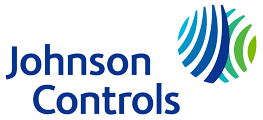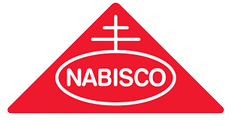From my associate, Grant Tate.
In the 1990s, I was working in the Netherlands with my company, Bridgewater Innovations Group, NL, BV. We did deep research on the way different countries around the world were applying technology in education and training. For instance, we studied the Netherlands, USA, Canada, Australia, Japan, UK. As a result of that work, I developed the presentation, “A View of Learning in the 21st Century.” Running across this report in my files, I was pleasantly surprised about the accuracy of our predictions.
I asked A.I. to compare and contrast those predictions with today’s reality, giving business leaders an overview of how accurate they were. Here is the result after my editing.
Learning Networks and Accessibility
One of the key predictions was the emergence of learning networks connecting homes, schools, and workplaces. This prediction has largely come true with the advent of the internet and online learning platforms. Today, learners can access educational resources and connect with instructors and peers from anywhere in the world. This has democratized education, making it available to a wider audience.
 Individualized and Interactive Learning
Individualized and Interactive Learning
The prediction of individualized and interactive learning has also been realized. With the rise of adaptive learning platforms and personalized learning tools, learners can progress at their own pace and focus on areas where they need the most support. Interactive simulations, virtual reality, and gamified learning have made education more engaging and immersive.
 The Role of Technology
The Role of Technology
The prediction that sophisticated computer software would customize learning experiences has been realized to a large extent. Artificial intelligence (A.I.) and machine learning algorithms are now used to personalize learning paths, recommend resources, and provide targeted support to learners. AI-powered chatbots can also act as virtual tutors, answering questions and providing guidance.
 Assessment and Feedback
Assessment and Feedback
The prediction that traditional testing would be replaced by continuous assessment methods has also been realized. Many learning platforms now incorporate formative assessments, real-time feedback mechanisms, and data-driven insights to track learner progress and provide personalized support.
 Integration of Work and Learning
Integration of Work and Learning
The prediction that learning would be integrated with work has also come true. Lifelong learning has become essential for career advancement, and many companies now offer on-the-job training, professional development programs, and online learning resources to their employees. Microlearning and just-in-time learning have made it easier for employees to learn new skills and knowledge in the flow of work.
 The Changing Role of Teachers
The Changing Role of Teachers
The prediction that teachers would transition from preachers to guides and coaches has also been realized. In today’s technology-enabled learning environments, teachers play a more facilitative role, guiding learners, providing feedback, and fostering collaboration. They also need to be proficient in using technology to enhance the learning experience.
 Areas Where Predictions Fell Short
Areas Where Predictions Fell Short
While many of the predictions from the 1990s have come true, there are some areas where the reality has differed. For instance, the prediction that time-based credit systems would fade in favor of competency-based assessments has not been fully realized. While there is a growing movement towards competency-based education, traditional credit systems are still prevalent in many educational institutions.
Conclusion
Overall, the predictions made in the 1990s about the future of learning have been remarkably accurate. Technology has transformed education and training, making them more accessible, personalized, and interactive. In the 1990s, we were exploring how network and computer technology would affect learning and training. The emergence of Generative A.I. opened up an expansive new channel of learning. If you want to learn about a new topic, simply ask A.I. to explain it to you. If you want to learn a new skill, A.I. can generate a personalized training program, with exercises—just for you. We’re entering another new era for education and training.


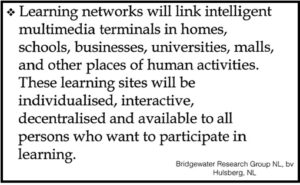
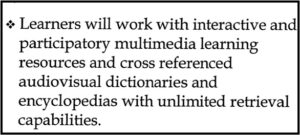 Individualized and Interactive Learning
Individualized and Interactive Learning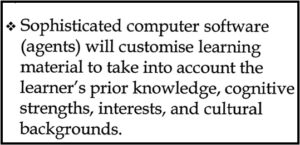 The Role of Technology
The Role of Technology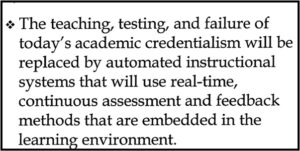 Assessment and Feedback
Assessment and Feedback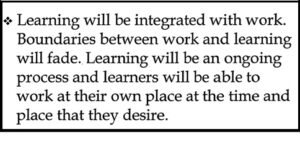 Integration of Work and Learning
Integration of Work and Learning The Changing Role of Teachers
The Changing Role of Teachers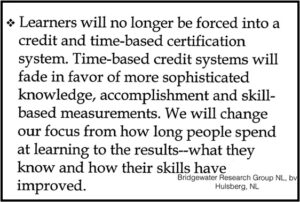 Areas Where Predictions Fell Short
Areas Where Predictions Fell Short While employee development can be an essential strategic tool for growth, productivity, and employee retention, neglecting particular challenges results in uncertain value.
While employee development can be an essential strategic tool for growth, productivity, and employee retention, neglecting particular challenges results in uncertain value. From my associate Janice Giannini.
From my associate Janice Giannini. We are focusing on people for this edition of our newsletter. But, as I thoughtfully consider the many challenges in today’s work environment, I can’t help feeling that connecting the dots might yield better results for everyone.
We are focusing on people for this edition of our newsletter. But, as I thoughtfully consider the many challenges in today’s work environment, I can’t help feeling that connecting the dots might yield better results for everyone.





